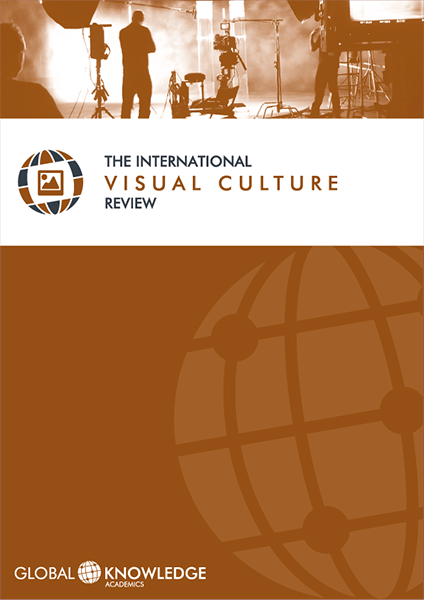Zlín: Public Art and the City
DOI:
https://doi.org/10.37467/gka-visualrev.v1.2242Keywords:
Functionalist Architecture, Participation, Public Art, Public Space, Site-specific, Urban RegenerationAbstract
In this article, the topic of public art in an urban environment of the post-industrial city is viewed in the context of one place – Zlín. Contemporary artworks integrated into the city spaces show the city as a site, in the context of its Modernist architecture and urbanism. They reflect both the past and the present-day changes in society and the way how we see and experience the world. Public art in Zlín has become part of the transformation and regeneration of public spaces fostering the enhancement of the quality of lives of local urban residents. It is evident from the research that Zlín can be perceived as a place with great potential for new art projects and for the public’s participation and engagement.
Downloads
Global Statistics ℹ️
|
337
Views
|
762
Downloads
|
|
1099
Total
|
|
Downloads
Published
How to Cite
Issue
Section
License
Those authors who publish in this journal accept the following terms:
-
Authors retain copyright.
-
Authors transfer to the journal the right of first publication. The journal also owns the publishing rights.
-
All published contents are governed by an Attribution-NoDerivatives 4.0 International License.
Access the informative version and legal text of the license. By virtue of this, third parties are allowed to use what is published as long as they mention the authorship of the work and the first publication in this journal. If you transform the material, you may not distribute the modified work. -
Authors may make other independent and additional contractual arrangements for non-exclusive distribution of the version of the article published in this journal (e.g., inclusion in an institutional repository or publication in a book) as long as they clearly indicate that the work was first published in this journal.
- Authors are allowed and recommended to publish their work on the Internet (for example on institutional and personal websites), following the publication of, and referencing the journal, as this could lead to constructive exchanges and a more extensive and quick circulation of published works (see The Effect of Open Access).













